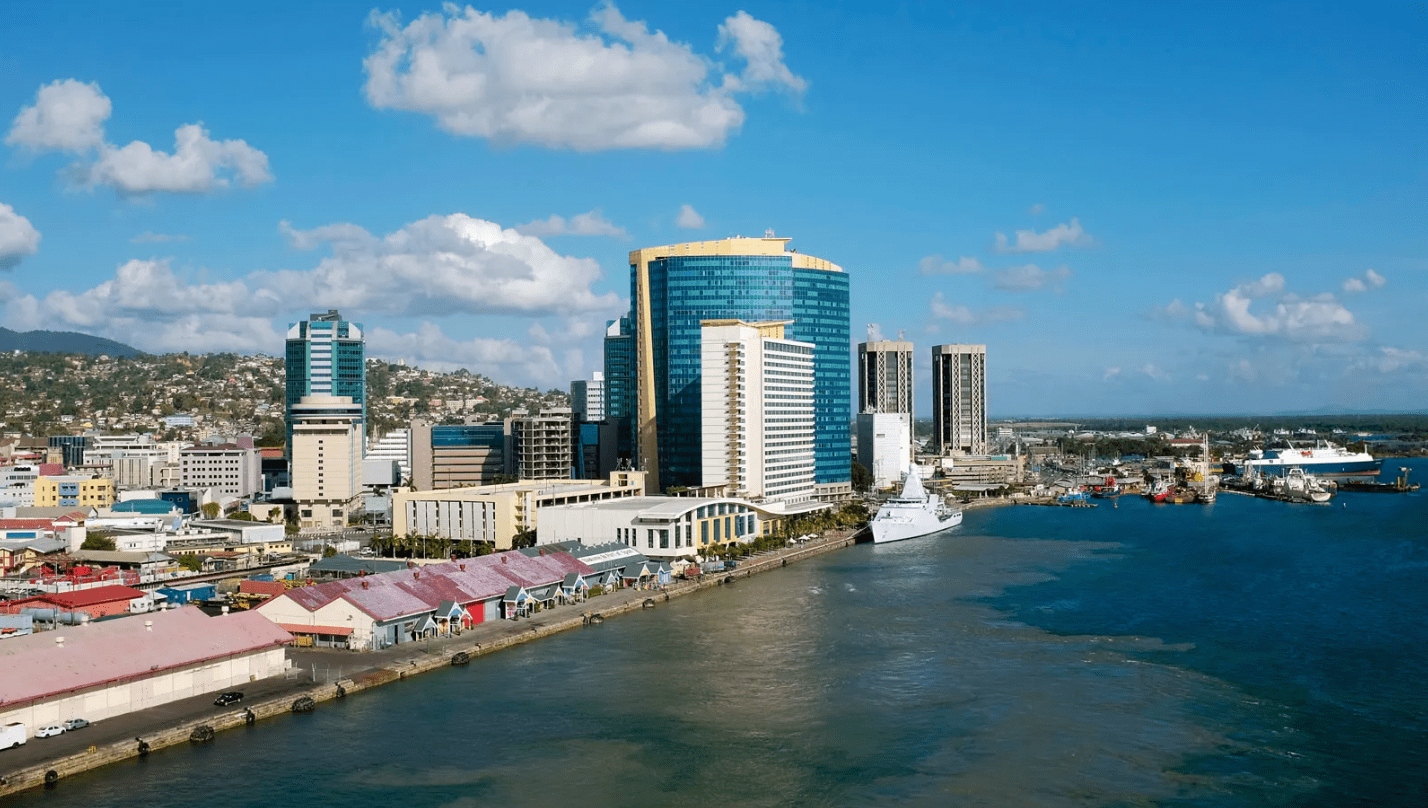Trinidad and Tobago is experiencing a notable economic turnaround, marking the first instance of sustained recovery in a decade, according to the International Monetary Fund (IMF) Staff Concluding Statement of the 2024 Article IV Mission published on March 11.
It said Trinidad’s real Gross Domestic Product (GDP) showed signs of resurgence in 2022 and continued to expand by 2.1% in 2023, buoyed by the performance of its non-energy sector. This growth was tempered by a contraction in the energy sector. Inflation in Trinidad exhibited a drop to 0.3% in January 2024, following a peak of 8.7% in December 2022.
AMI sees Trinidad gas sales being better off if Biden beats Trump | OilNOW
The IMF said the decline was primarily attributed to easing pressures in food and imported goods inflation. It said Trinidad’s banking sector demonstrated robustness with continuous expansion in credit to the private sector, contributing to the overall stability of the financial landscape.
On the fiscal front, the IMF said Trinidad’s balance sheet for FY2023 aligned closely with budgetary projections. The overall fiscal deficit was estimated at 1.1% of GDP, outperforming initial expectations by 0.2 percentage points. This outcome was driven by increased non-energy revenue coupled with lower-than-expected capital expenditure. Despite this positive development, central government debt rose to 54.3% of GDP, while public debt reached 70.9% of GDP in the same period. However, the country’s public financial buffers remained robust, with the Heritage and Stabilization Fund boasting total assets of US$5.5 billion by the end of FY2023.
Trinidad’s NGC, Shell, PDVSA kickstart pipeline talks for Dragon gas project – Young
Looking ahead, the IMF projects a continued upward trajectory for Trinidad’s economy in 2024, with real GDP anticipated to expand by 2.4%. This growth is expected to be supported by ongoing initiatives in the non-energy sector and the commencement of new energy projects, which will help mitigate the structural decline in energy production. Over the medium term, the implementation of planned natural gas projects is forecasted to further stimulate growth in the energy sector while catalyzing economic activity in other sectors.
However, the outlook is not without its share of uncertainties. Near-term risks stem from external factors impacting energy markets, such as a potential global economic slowdown, and domestic challenges related to energy production, including project delays and unexpected disruptions. In contrast, the IMF said medium-term prospects appear more favorable, with the potential for additional natural gas projects and structural reforms to drive growth. Nevertheless, downside risks persist, particularly concerning the global transition to net-zero emissions, which could exert pressure on the energy sector.




